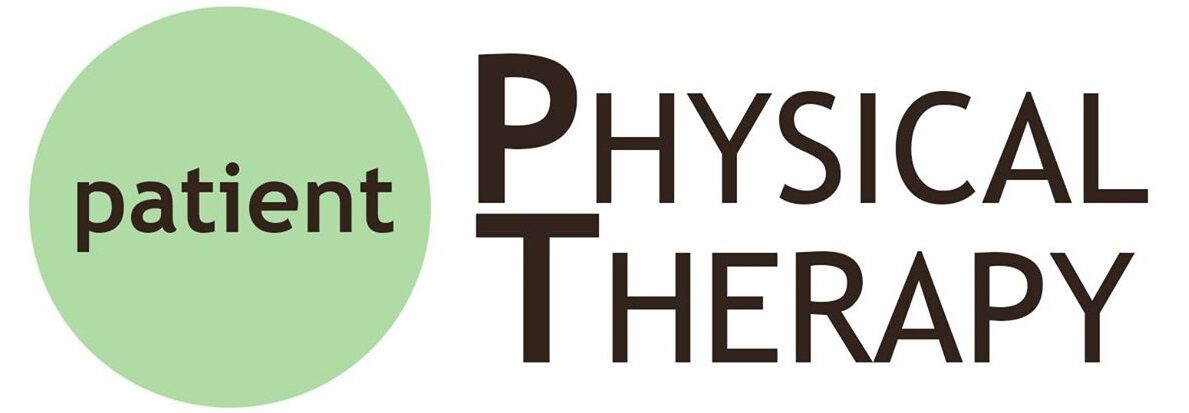“The doctor of the future will give no medicine, but will interest his patient in the care of the human frame, in diet and in the cause and prevention of disease.”
-Thomas Edison
I recently attended an APTA meeting hosted by Indiana State University in which the speaker, Dr. Howell Tapley, made the case for physical therapists to offer an annual checkup. The Annual PT Checkup is a concept promoted by the APTA and described by the speaker as a means of enabling early detection, fall prevention, and the opportunity to “age gracefully” via preventative wellness and maintenance. Given my long interest in wellness and empowering patients to live longer, healthier, happier lives through improved health literacy, it seemed like a topic that would be worth the 90 minute drive to Terre Haute.
The Annual PT Checkup is similar to an annual check-up (often colloquially referred to as a “physical”) provided by a physician (or PA, or NP). Both types of checkups include a physical examination that checks reflexes, vital signs (blood pressure, heart rate, etc.) and screens for signs of systemic illness (illnesses that affect the entire body, such as diabetes, cancer, or heart disease). However, the Annual PT Checkup also includes goal setting and an examination of physical performance.
Goal setting is nothing new in physical therapy practice. One of the first rules of physical therapy is to never begin an intervention or exercise without knowing why, or what we are trying to accomplish. Whether the patient’s goal is to improve overall health, set a new PR, or spot areas of weakness before they turn into medical issues, the physical therapist kicks off the PT-specific portion of the annual checkup by documenting that goal in a specific, measurable way that directs our examination and recommendations.
Next, the physical performance exam evaluates the wellness factors that physical therapists know best – aerobic capacity, balance, walking speed, flexibility, and functional strength. Each of these performance areas are objectively measured using easy-to-administer and well-researched measures such as the Six Minute Walk Test (6MWT) or the Five Times Sit-to-Stand test (5XSTS). This means that the patient is asked to do normal tasks like walk around or sit down and get up from a chair while the physical therapist times them or otherwise keeps track of how well the patient performs the task. The physical therapist uses the information to help the patient understand if their performance is better, worse, or the same as other people their age, and makes recommendations or provides referrals as needed.
Dr. Tapley cited Dr. Jennifer Gamboa of Body Dynamics Inc as being an early champion and primary innovator of the Annual PT Checkup. Though physical therapy is a female-dominated profession (females PTs have long outnumbered male PTs 2:1), men are still the majority of private practice owners and founders. As my sole-provider practice prepares to celebrate it’s first half-birthday (12/17/2019 marks six months for Patient PT!), I couldn’t help but feel pleased and encouraged to know that the Annual Checkup is attributed to a fellow female entrepreneur. Physical therapy continues to gain traction as a safe and cost effective alternative to physician-based primary care, so it is no mystery as to why the Annual Checkup is supported by the APTA as an offering by outpatient and private practice clinics, and Patient PT is on board.
Patient PT now offers the Annual PT Checkup! As the holiday season and a New Year approach, there has never been a better time to give yourself the gift of wellness. If you’re ready to learn how you can move and feel better through the power of patient-centered PT and well-informed self-care, call, text, or email me, Doctor of Physical Therapy Kelly Clark, to make an appointment for your Annual PT Checkup. For just $100 and 90 minutes of your time, you can set yourself up for a healthier and happier 2020.
What else is new at Patient PT? Well, thanks to the generosity of donors and sponsors to Impatience 2019, the Pain Management Assistance Program (Pain MAP) is now available and actively accepting applications from uninsured and economically disadvantaged patients who suffer from persistent pain. To apply or request more information, please email patientphysicaltherapy@gmail.com. I am thrilled to report that I accepted my first Pain MAP patient in late October.
With Thanksgiving coming up next week, I am incredibly thankful to everyone who helped me to make Impatience 2019 and the first six months at Patient PT a success. I have never known a greater joy than helping patients restore lost movement, understand the power of strengthening as a pain preventative, and see the truth that movement is medicine. Now I do it every working day, even for those that the profit-driven medical industry leaves behind.
As a token of my immeasurable gratitude, I’m giving 10% off e-Gift Cards from Wednesday, 11/27 through Monday, 12/2. Watch Facebook and Instagram (@kelly_clark_dpt) for that sale to go live this week! Plus, all existing clients of Patient PT will receive a promo code via regular mail for an additional 5% off all e-Gift Cards, now through the end of the year.
